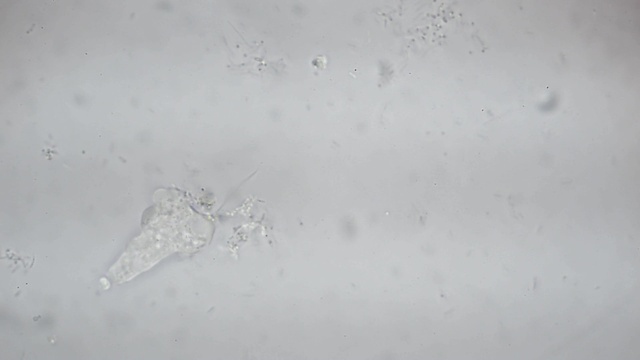
100x objective, video recorded with Nikon D5100 which has some annoying quirks related to video mode but seems to produce good quality video once set up. Have not tried to track down the cause of the banding yet but suspect interference from AC adapter. Total speed-up is 4x, 2x from combing frames 2:1 and 2x from 60 FPS playback of 30 FPS video. Using Avidemux for processing with filter configuration that looks like this: The contrast enhancement is coming from the gamma = 0.30 setting (normally 1.00), which I think gives nicer-looking results than the actual contrast adjustment, and white balance is being done with the individual RGB gamma settings. For comparison, the original MOV video file for the first segment straight from the camera:
https://storage.googleapis.com/microbeh ... C_9308.MOV